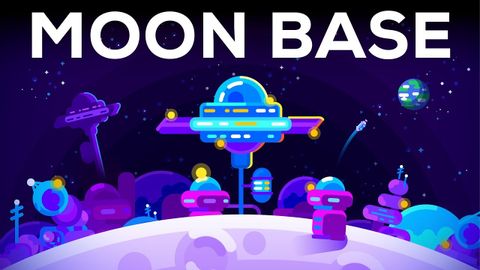
Subtitles & vocabulary
How We Could Build a Moon Base TODAY – Space Colonization 1
00
Samuel posted on 2018/09/19Save
Video vocabulary
material
US /məˈtɪriəl/
・
UK /məˈtɪəriəl/
- Noun (Countable/Uncountable)
- Cloth; fabric
- Supplies or data needed to do a certain thing
- Adjective
- Relevant; (of evidence) important or significant
- Belonging to the world of physical things
A2
More brilliant
US /ˈbrɪljənt/
・
UK /'brɪlɪənt/
- Adjective
- Having a great amount of intelligence or talent
- Being very bright, like a diamond; shining
- Noun
- A diamond or other gem cut in a particular form with many facets to have exceptional brilliance.
A2
More develop
US /dɪˈvɛləp/
・
UK /dɪ'veləp/
- Verb (Transitive/Intransitive)
- To explain something in steps and in detail
- To create or think of something
A1TOEIC
More spread
US /sprɛd/
・
UK /spred/
- Noun (Countable/Uncountable)
- A big meal, often laid out as a buffet
- The distance between two things
- Verb (Transitive/Intransitive)
- To place over a large area; to cover a large area
- (Of ideas, gossip) to pass to and affect others
A2TOEIC
More Use Energy
Unlock All Vocabulary
Unlock pronunciation, explanations, and filters
